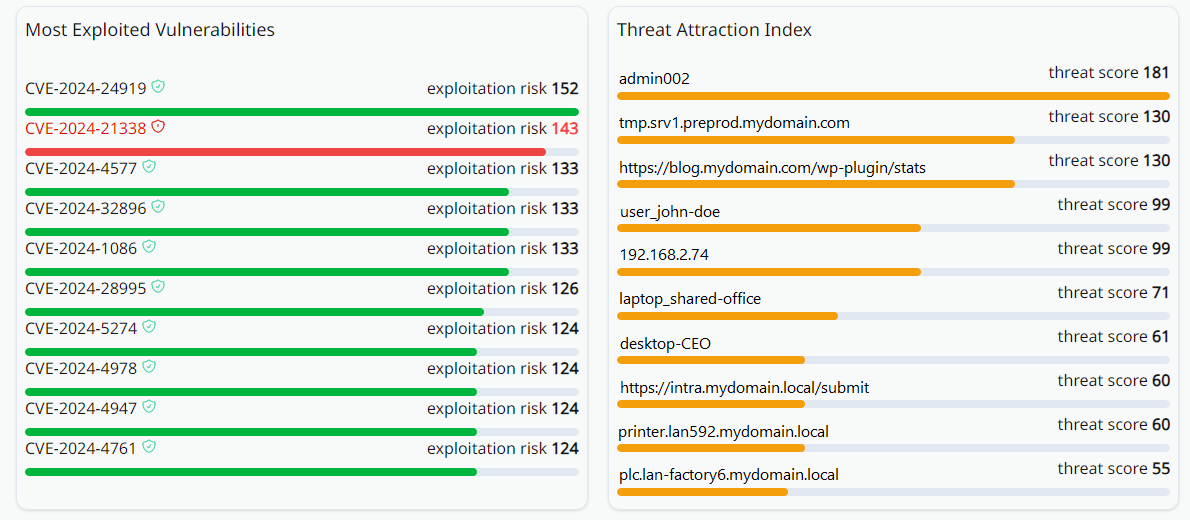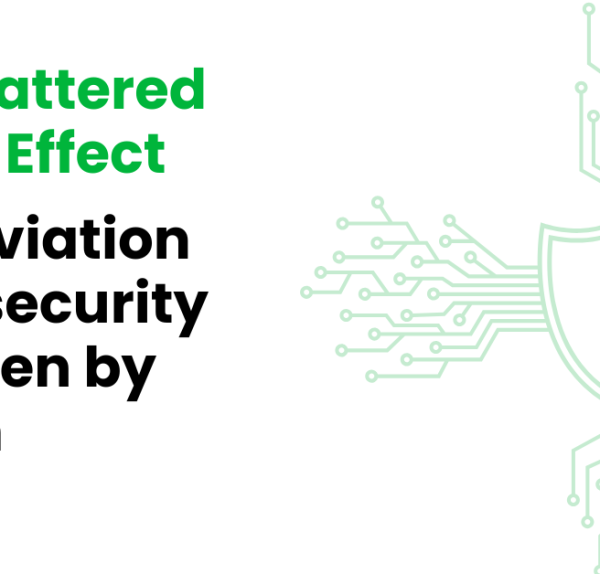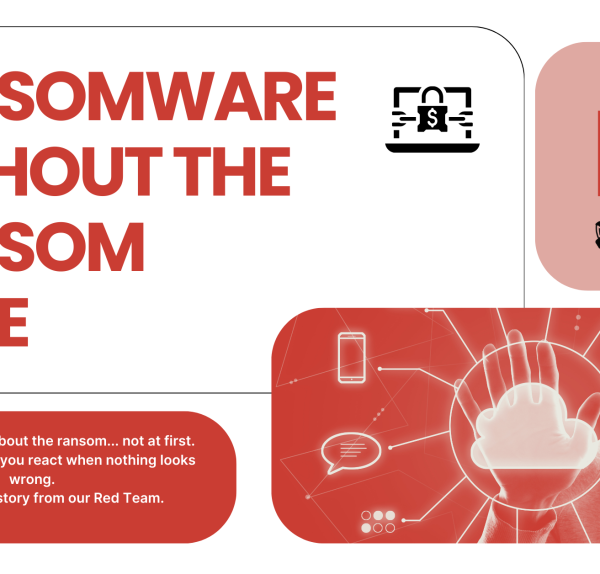Have you ever wondered which assets in your organization are most likely to be targeted by cyber attackers?
Ronan Mouchoux, CTO and Cofounder @XRATOR
Staying one step ahead of adversaries is more than a challenge – it’s a necessity. As the co-founder and CTO of XRATOR, I’ve spent years immersed in the complexities of cybersecurity, blending insights from threat intelligence and criminal sciences. Today, I’m thrilled to share a milestone that represents both a personal and professional achievement: the launch of the Threat Attraction Index within our Exposure Assessment Platform.
Before XRATOR time, as a threat intelligence analyst supporting SOC and blue teams, I often found myself in a reactive stance—analyzing incidents post-compromise. The question that nagged at me was: How can we shift from reacting to breaches to preventing them altogether? The answer lay in understanding and quantifying what makes certain assets more attractive to attackers.
The Birth of an Idea
Back in November 2014, I was struck by an article published by Securelist titled “Regin: Nation-State Ownage of GSM Networks.” In it, researchers introduced the concept of a “Magnet of Threats.” They described a computer belonging to a research institution that had been simultaneously targeted by multiple advanced threat actors—Turla, The Mask/Careto, Regin, and others – all coexisting on the same machine. This could not be a coincidence; the asset must have to be so valuable that it attracted a convergence of adversaries.
Over the years, this concept of “Magnets of Threats” became a recurring theme in advanced persistent threat (APT) analyses:
- SentinelOne referred to a “Magnet of Threats” involving nearly ten known threat actors cohabitating on a single victim machine (the Metador Enigma).
- ESET Research observed a machine that had become a “threat magnet,” attacked by multiple APT groups using various malware toolkits (the Blackwood Case).
These instances highlighted a critical insight: not all assets are equal in the eyes of adversaries. Certain assets possess intrinsic value that makes them prime targets, drawing attention from multiple threat actors simultaneously.
Bridging Criminal Sciences and Cybersecurity
My background in criminal sciences provided a unique lens through which to view this phenomenon. The Routine Activity Theory in criminology posits that a crime occurs when a motivated offender and a suitable target converge without a capable guardian. Translating this to cybersecurity:
- Motivated Offender: Cyber attackers with varying objectives.
- Suitable Target: High-value assets with vulnerabilities.
- Lack of Capable Guardian: Insufficient security measures protecting the asset.
This theory underscored a persistent idea for me: the criminal value of an asset isn’t static. It depends on factors like its role in the organization, its connectivity, and its exploitability. An asset’s value to an attacker might stem from its ability to facilitate an initial intrusion (intrusion value), enable rapid lateral movement (expansion value), or achieve a specific mission objective (mission value). The question then was how discover those magnet of threats to recommand proactive threat hunting. And then ultimatly, how to discover them before even the adversaries learn about their existence!
Introducing the Threat Attraction Index
This led to the development of the Threat Attraction Index within XRATOR’s Exposure Assessment Platform.

This feature assigns a score to each asset, reflecting its attractiveness to potential adversaries. The index combines several critical factors:
- Business Criticality: How essential is the asset to organizational operations? Assets that are vital to business functions or contain sensitive data are more enticing targets.
- Contribution to Critical Attack Paths: Does the asset serve as a gateway for lateral movement within the network? Assets that connect to multiple systems can amplify an attacker’s reach.
- Exploitability: Are there known exploitation in the wild? Real-world exploit availability, confirmed by threat intelligence sources, elevates an asset’s risk profile.
By synthesizing more than twenty criminal dimensions, the Threat Attraction Index identifies assets that act as “magnets” for cyber attackers—those most likely to be targeted for intrusion, lateral movement, or mission-critical data theft or sabotage.
Operationalizing Threat Intelligence
The beauty of the Threat Attraction Index lies in its practicality. It transforms abstract or reactive threat intelligence into actionable insights, beyond Indicators of Compromises (IoC). Organizations can prioritize defensive measures for assets that pose the greatest risk, optimizing resource allocation.
For example, if an asset scores high due to its internet exposure and critical role in business operations, immediate actions could include patching vulnerabilities, implementing additional monitoring, or adjusting network segmentation to reduce exposure. Reducing the value of the asset in the eye of the cybercriminals, but not its value for the organization.
Empowering Proactive Security Posture
This proactive approach aligns with the evolving needs of cybersecurity. In a landscape where threat actors are increasingly sophisticated, understanding the adversary’s perspective is crucial. The Threat Attraction Index empowers organizations to:
- Anticipate Attacker Behavior: By knowing which assets are most attractive, defenders can predict potential attack vectors.
- Optimize Resource Allocation: Focus efforts on securing high-risk assets rather than spreading resources thinly across all assets.
- Reduce Attack Exposure: Implement targeted measures to decrease the attractiveness of critical assets without hindering their operational value.
Looking Ahead
Developing the Threat Attraction Index is more than a professional achievement; it’s the realization of a long-held vision. Since first encountering the “Magnet of Threats” concept, I’ve been driven to find a way to operationalize this insight. Integrating principles from criminal sciences with cutting-edge cybersecurity practices has been both challenging and rewarding.
The journey wasn’t without skepticism. Translating criminological theories into practical cybersecurity applications required meticulous research and development. But the persistent idea that “not all assets are equal” kept us pushing forward.
The launch of the Threat Attraction Index is a significant milestone, but it’s also a stepping stone. Cyber threats will continue to evolve, and so must our defenses. By embracing interdisciplinary approaches and thinking like our adversaries, we can stay ahead in this ongoing battle.
At XRATOR, we’re committed to refining our tools and methodologies, ensuring that organizations have the insights they need to protect what matters most. The Threat Attraction Index is a testament to what can be achieved when innovation meets practical application.
Conclusion
Understanding the criminal value of assets from an attacker’s perspective is a game-changer in cybersecurity defense. The Threat Attraction Index provides a tangible means to assess and mitigate risks proactively. It’s about erasing the value of assets to adversaries without diminishing their value to the organization.
As we move forward, I encourage fellow security professionals, CISOs, and business leaders to consider not just the vulnerabilities within their networks but the attractiveness of their assets to potential attackers. By doing so, we can shift from a reactive stance to a proactive strategy, making our organizations more resilient against the ever-changing threat landscape.






